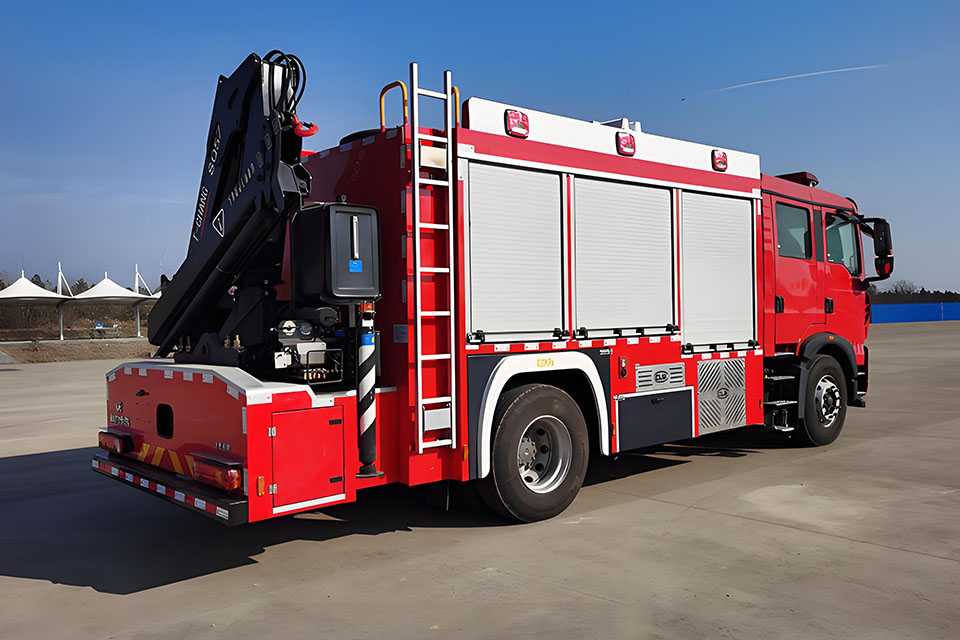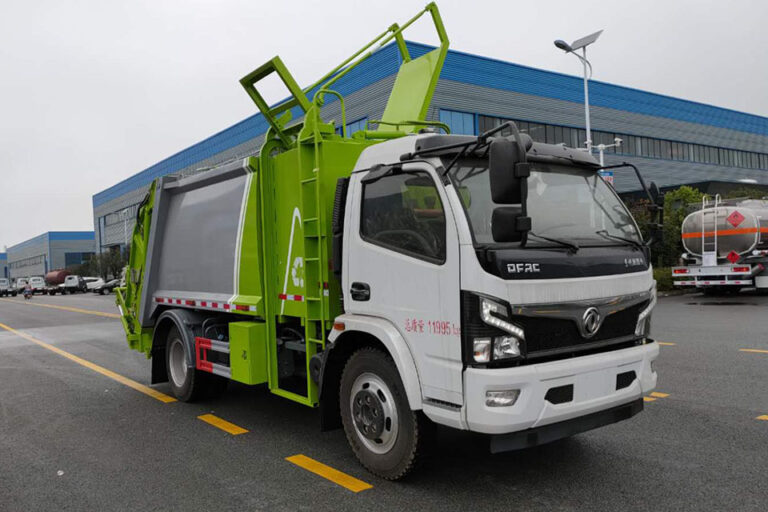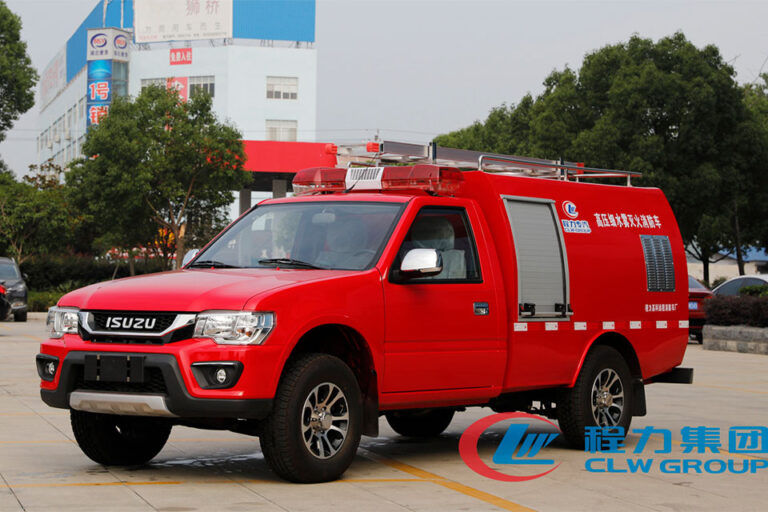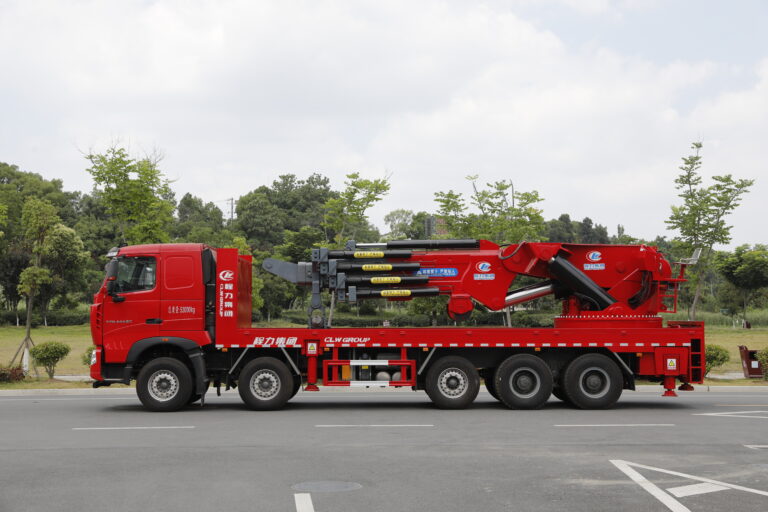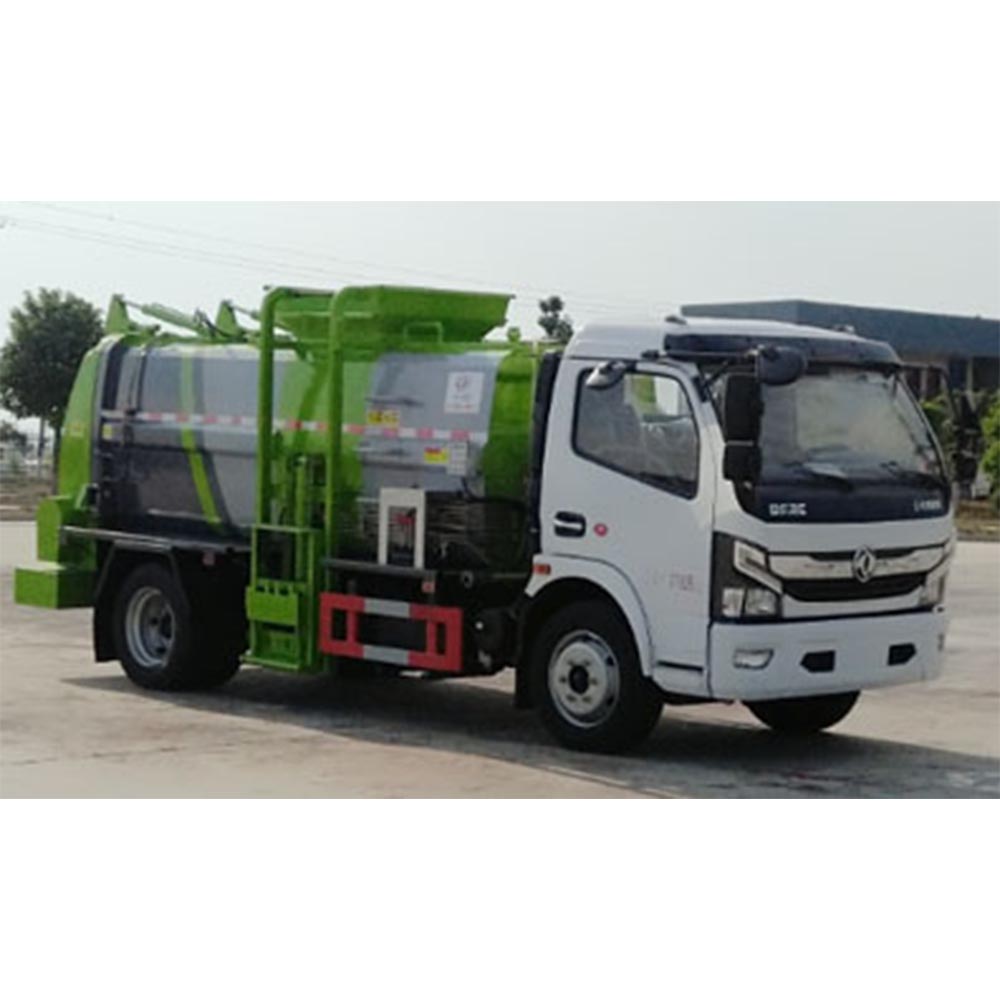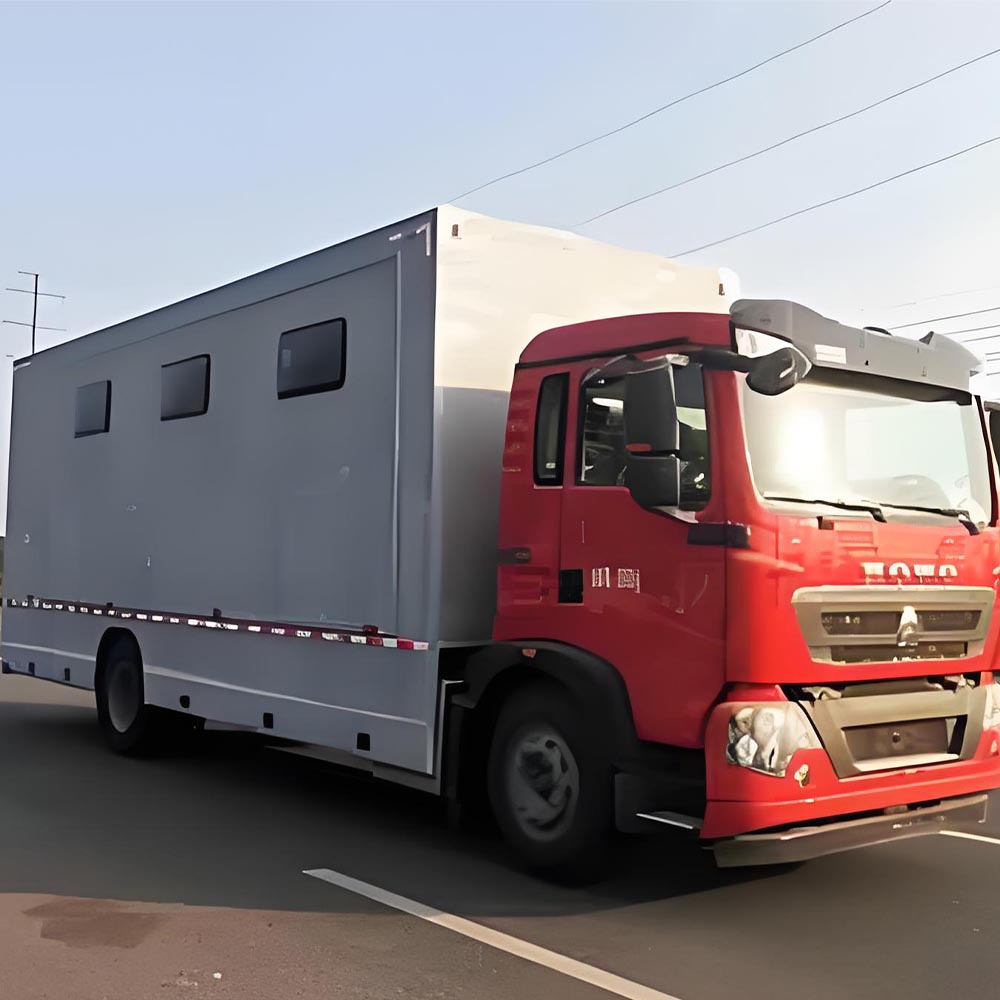-
Chengli Automobile Industry Park

How do fire trucks get to fires so fast?
How Do Fire Trucks Get to Fires So Fast?
Have you ever seen a fire truck zoom past with its lights flashing and sirens blaring? These big red trucks need to get to fires fast to save lives. Let’s look at how they do it!
Table of Contents
Why Speed Matters for Fire Trucks
Getting to a fire fast is not just cool – it saves lives! When Santa Ana winds blew in California in 2025, fires spread very fast. Some fires burned 30,820 acres in January alone – that’s six times more than what usually burns in that month!
How Do Fire Trucks Get to Fires So Fast?
Key Factors in Rapid Fire Truck Response
Speed is critical for saving lives and property. Fire trucks use several strategies to minimize response times.
- Special Traffic Lights: Control signals for clear paths.
- Loud Sirens: Alert drivers to move aside.
- GPS Navigation: Finds the fastest routes.
- Powerful Engines: Enable high speeds.
- Trained Drivers: Know optimal routes and traffic patterns.
Challenges to Rapid Response
Several factors can hinder fire truck response times:
- Narrow Roads: Difficult for large trucks to navigate.
- Traffic Congestion: Slows down movement.
- Cars Not Yielding: Blocks the truck’s path.
- Bad Weather: (Wind, rain) Reduces visibility and road safety.
- Long Delivery Times: Delays in acquiring new, faster trucks.
Modern Fire Truck Cost
Special Things That Help Fire Trucks Move Fast
Roads and Traffic Helpers
- Special lights that can change traffic signals
- Loud sirens that tell cars to move aside
- Special routes that avoid traffic jams
But sometimes, fire trucks have trouble on narrow roads in rich neighborhoods. The big trucks can’t make sharp turns easily. This is why some towns are making roads wider so fire trucks can get through.
Inside the Fire Trucks
Modern fire trucks have lots of cool stuff:
- GPS systems that show the fastest way
- Computers that talk to the fire station
- Special engines that go very fast
Some fire trucks are even getting new types of power! In 2023, a fire pumper truck cost about $1 million and a ladder truck cost about $2 million. These trucks are worth every penny when they save lives!
Table: Key Facts About Fire Truck Response
| What Helps | What Makes It Hard | How Much It Matters |
|---|---|---|
| GPS and computers | Narrow roads that twist and turn | Can save minutes of response time |
| Sirens and lights | Cars that don’t move over | Helps clear path through traffic |
| Training for drivers | Bad weather like wind or rain | Fire trucks must still drive safely |
| Special traffic lights | Steep hills in some towns | Some roads are too small for fire trucks |
| Fire stations in many spots | Long delivery times for new trucks | Having more stations means faster help |
Weather Problems for Fire Trucks
Weather can make it hard for fire trucks. In the 2025 Hughes Fire, Santa Ana winds made fires grow super fast and dry out plants. In Payne County, Oklahoma, about 200 homes were lost because fire trucks couldn’t get help from nearby towns – everyone was busy with their own fires!
How Communities Help Fire Trucks
You can help fire trucks too! Here are ways:
- Move your car when you hear sirens
- Keep your street clear so trucks can get by
- Talk to local leaders about making roads better for fire trucks
- Follow fire safety rules at home
When the Emergency Rescue Fire Truck arrives quickly, it can stop small fires before they get big. Modern Heavy-Duty Emergency Rescue Vehicles carry special tools that help put out fires fast.
New Tech Helping Fire Trucks
Fire departments are trying new things to get to fires faster:
- Electric fire trucks that are better for the air
- Smart maps that show where traffic is bad
- Special trucks that can go where big ones can’t
Some fire departments are even using Rapid Response Fire Support Trucks that can get to fires before the big trucks arrive.
The Cost of Being Fast
Getting to fires fast isn’t cheap! In the past few years, the cost of fire trucks has gone way up. A pumper truck that used to cost $300-500,000 now costs about $1 million. A ladder truck that was $750-900,000 now costs about $2 million.
It also takes longer to get new trucks. This means fire departments need to take very good care of their trucks.
When Fires Move Too Fast
Sometimes fires move faster than trucks can. In the LA fires of 2025, fires killed 5 people and burned more than 27,000 acres. The Palisades Fire became an “urban conflagration” – that means buildings were catching fire, not just trees and grass.
In Altadena, fire chiefs found out at 2:30-3:00 in the morning that the fire was moving fast into western Altadena. By then, it was very hard to get enough fire trucks there in time.
Ways to Make Fire Response Better
Better planning can help fire trucks get to fires faster:
- Build more fire stations in risky areas
- Make roads wider for big trucks
- Use better communication between agencies
- Plan escape routes for people and entry routes for fire trucks
What You Can Learn From This
Fire trucks get to fires fast because of:
- Good planning – fire stations in the right spots
- Special equipment – lights, sirens, and fast engines
- Trained drivers – who know the fastest routes
- Community help – people who move out of the way
- Modern technology – computers and GPS systems
Next time you see a fire truck, remember that every second counts! The faster they get there, the more lives and homes they can save.
For those interested in fire safety, check out CAFS High-Pressure Foam Spray Fire Trucks which use special foam systems to fight fires more effectively.
